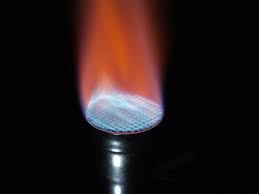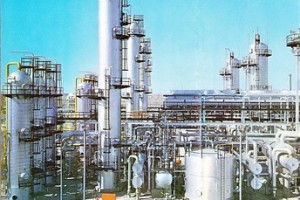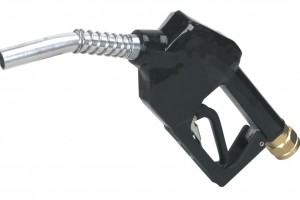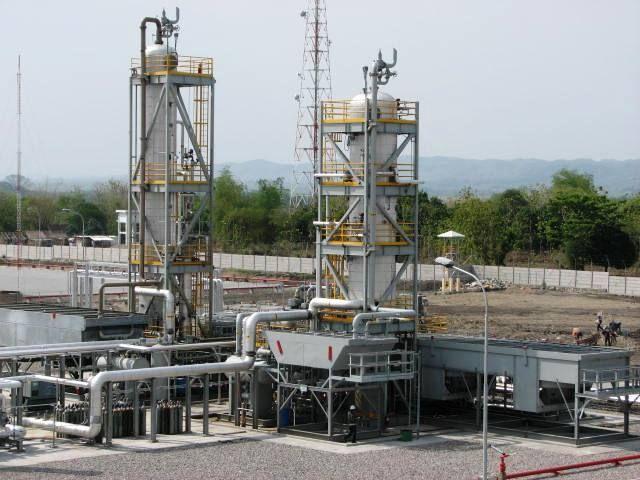Diesel is well known as a liquid fuel used in diesel engine which is an internal combustion engine that uses the heat of compression to initiate ignition of the fuel. Diesel’s ability of self ignition on compression makes it suitable to be used in such an engine. Diesel production is done from crude oil refining or from oils made from biomass such as ‘Jatropha’.
The diesel production is done by separating diesel cut from rest of the crude oil in atmospheric distillation unit after the gases have boiled off, gasoline and kerosene are separated. Hydrocarbons in diesel are heavier than those in petrol, kerosene or jet fuel. But diesel hydrocarbons are lighter than burner oils, fuel oils and lubricants. Distillation range for diesel cut occurs between 3750F and 7250F.
Diesel production from any crude oil source may be composed of different quantities of hundreds of various hydrocarbons. Diesel is primarily a mixture of hydrocarbon chains that typically contain between 8 and 21 carbon atoms per molecule.
The self ignition ability of diesel fuel is measured in terms of cetane number of that fuel. Cetane (n-hexadecane) ignites readily and burns smoothly in a diesel engine. This hydrocarbon is arbitrarily assigned the cetane number of 100. α-methylnaphthalene behaves very poorly in a diesel engine and is assigned with 0 cetane number. So, cetane number of a fuel is equal to the percentage of cetane in a mixture of cetane and α-methylnaphthalene which has the same ignition performance in a diesel engine as of the fuel under question. For diesel, cetane number normally occurs in the range of 40 to 55.



